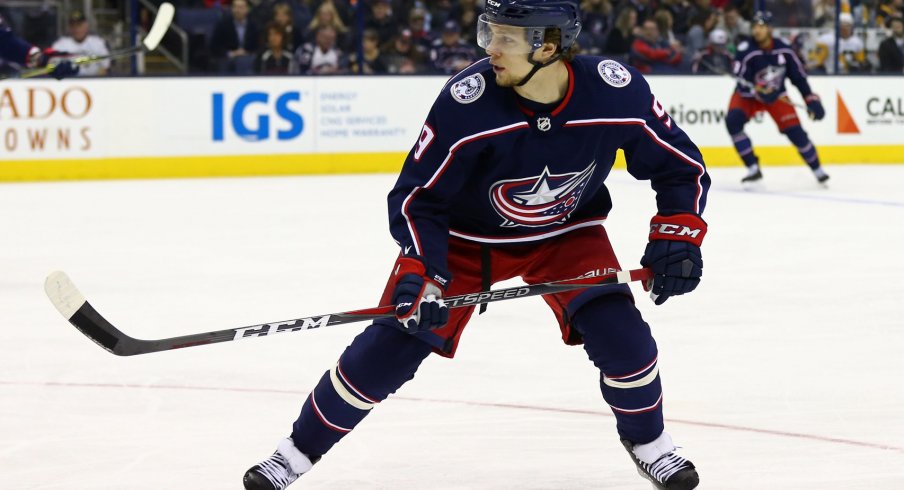The easiest way to not lose a trade of this magnitude is to simply not make the trade. Period.
However, that doesn’t appear to be an option right now. So if the Blue Jackets are forced to trade Artemi Panarin, what do they have to get in return for it not be a massive fleecing for the other team?
The first thing when trading a superstar like this is, if you do a one-for-one deal, you had better be getting a player of equal value in return. You look at the Taylor Hall-for-Adam Larson and the PK Subban-for-Shea Weber trades – Edmonton and Montreal come out looking terrible as they gave away the superior player.
On the other side, you look at the Jonathan Drouin trade for Mikhail Sergachev, and the Ryan Johansen for Seth Jones deal; those worked much better as Montreal and Columbus each got an equally good player, but one who filled a big need for their respective teams. Even in the original Panarin trade, there were the other pieces in the deal but the crux of it was Panarin for Brandon Saad, and the Blue Jackets won that running away as Panarin is a far better player.
If you move Panarin in a "hockey deal" type trade, you need to be getting one of the best players in the NHL as a return.
That is unlikely to be the case, so the alternative is you get multiple pieces back. This cannot, however, be a "sum of the parts" scenario. The Blue Jackets under any circumstances cannot do what the Boston Bruins did with Tyler Seguin: rather than get one high-end piece, the Bruins went for quantity over quality and it did not work out.
For another example, take the Blue Jackets' trade of Rick Nash in July 2012. Brandon Dubinsky and Artem Anisimov turned into solid players, but neither was close to as good as Nash was. Tim Erixon was a former first-round pick, but at that time he wasn’t a substantial prospect. The first-round pick could have ended up as something, but the Jackets missed on Kerby Rychel.
Now, consider the Jeff Carter trades. The Flyers acquired one top-tier young player in Jakub Voracek, a first-round pick that they hit on (Sean Couturier) and got a third-round pick. Voracek became a cornerstone for the Flyers and produced no worse than Carter did. It wasn’t quite to the same level but the same happened with Carter’s trade to the Kings. The Jackets got a good young player in Jack Johnson, a 25-year-old defenseman who was a former No. 3 pick, and a future first round pick from the Kings. Johnson never lived up to his draft status and while his advanced stats were never kind, he was a staple on the back end for seven seasons.
Even look at the Mike Richards trade from Philadelphia to Los Angeles; the Flyers didn’t get a first-round pick, but they got two high-end young players in Brayden Schenn and Wayne Simmonds who were key players with the organization for years.
The only way for the Blue Jackets not to lose an Artemi Panarin trade? It's simple: aim for quality over quantity. They need to be aiming for a team’s top prospect in a trade or a good young NHL player with years of control. The idea of getting multiple pieces sounds great in theory, but in execution, the quality-over-quantity approach is far better for the team that's trading away the star.
Trade information from NHL Trade Tracker
Follow 1st Ohio BatteryFacebook, Twitter, Instagram and YouTube
